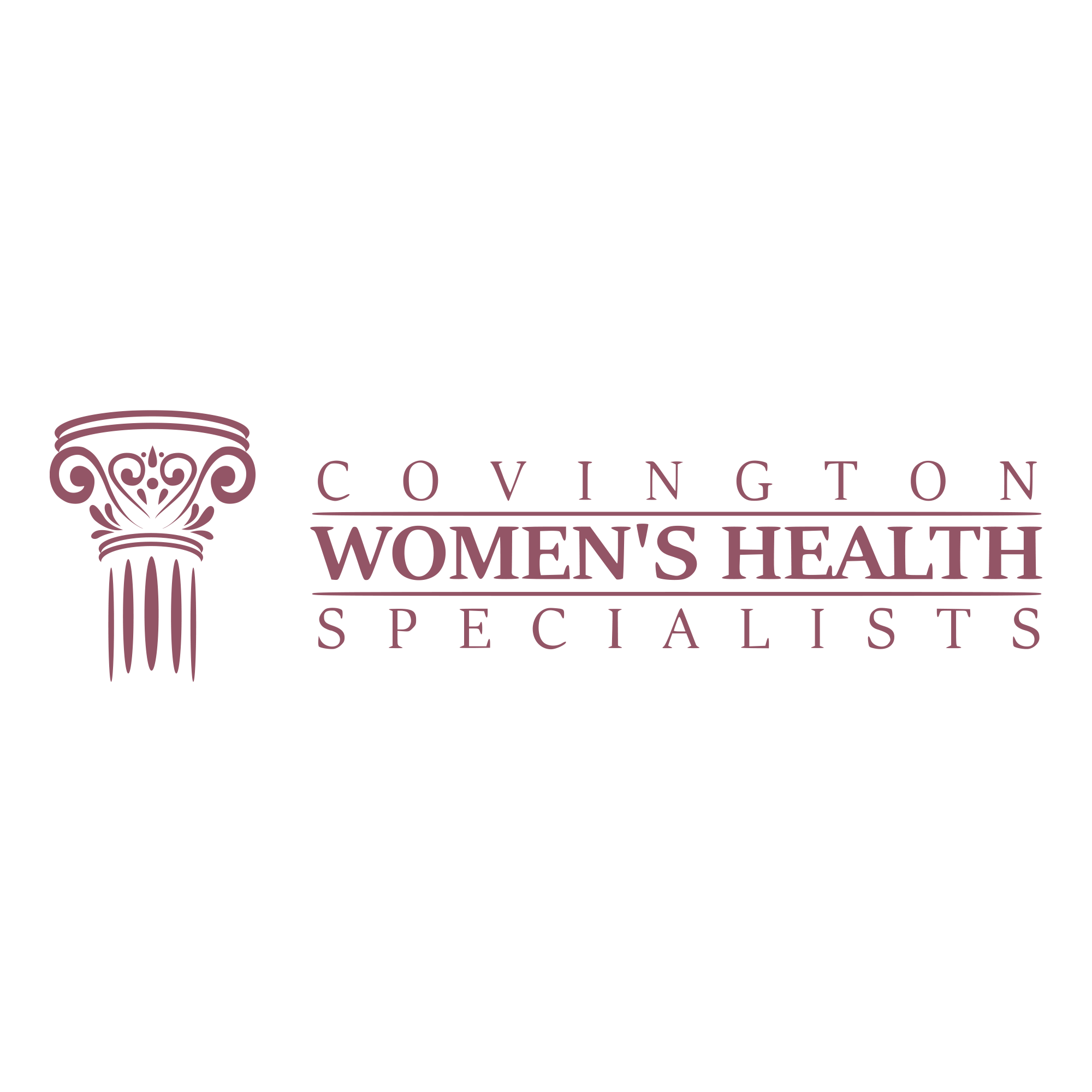Birth Control 101: Pros and Cons of Common Options
If you know you’re not looking to build a family any time soon, then birth control is something you’re ready to start taking. But there are countless types of birth control available to everyone and figuring out which type is best for you takes planning and considering. Figuring out your best option might be dizzying and more stressful than it once was.
The experts at Covington Women’s Health Specialists are breaking down all the birth control options and discussing the pros and cons of each option. Keep reading below to see which might be best for you!
Scheduled Options
- Patch: The skin absorbs the hormones from this patch that can either go on the belly, upper arm, butt, or back. It prevents eggs from being produced and sperm traveling to the egg.
- This option is fantastic for women who are almost ready to give birth. Not only is it effective at about 91%, but when you stop taking it, you can get pregnant right away. It also has other health benefits, like reducing acne, and can make your periods better. However, it does require you to change the patch weekly.
- Pill: One of the most commonly known options, this birth control type requires women to take a daily pill. Doing so stops ovulation, which means there’s no egg to produce a baby, and also prevents the flow of sperm to the eggs.
- If you can remember to take the pill every single day, then this option might be great for you with 91% accuracy. It’s pretty affordable, has other health benefits such as helping with iron deficiencies, and can make your periods better. However, some women have reported negative side-effects, such as headaches.
- Shots: Requiring women to come in every three months to receive an injection, this birth control option releases the same hormone as the above, creating the same effects.
- If you really hate shots, maybe don’t consider this option. But for those who don’t mind it, you only have to worry about receiving it four times a year with 94% effectiveness. It also has added health benefits like preventing cancer, lessens your period. However, you will have to wait about 10 months to get pregnant after stopping the shot, and there are negative side effects like depression.
- Vaginal Ring: Similar process to the above options, the NuvaRing is a ring that is placed inside your vagina to prevent pregnancy.
- With this option, you don’t have to worry about taking something every day to prevent pregnancy and you still receive a 91% effectiveness. It also has added health benefits like preventing bone thinning and it can help lessen your periods. However, if you don’t like the idea of having to replace monthly or the negative side-effects that often come with it, like nausea, then consider something else.
More Permanent Options
- Tubal Ligation, or Sterilization: Also known as “getting your tubes tied”, this is a permanent birth control option that involves safe and successful surgery. During the process, a physician will permanently close your fallopian tubes, not allowing eggs to travel to the place in your body where they will meet with sperm to create a child.
- If you know you will never have kids, tubal ligation is a great way to go. You’ll never have to worry about getting pregnant with a 99% effective rate. However, if you change your mind, it’s costly and sometimes not effective to reverse this process. You and your partner need to be absolutely certain if you want to get your tubes tied.
- Vasectomy: Similar to the above, a vasectomy is the male version of permanent birth control. In this procedure, a doctor will cut off the small tubes in a scrotum that is responsible for allowing sperm to leave the body.
- Again, if you know you and your partner never want kids, you can’t go wrong with this 99% effective form of birth control. Just like sterilization, reversing a vasectomy is costly, complicated, and sometimes doesn’t work. So only pick this option if you’re 100% sure.
The Less Maintenance Options
- Birth Control Implant: A thin rod that goes into your arm, this implant releases the hormone progestin into your body to prevent sperm from swimming to the egg and also keep the eggs from leaving the ovaries.
- Many women love this option as it only needs to be inserted into the arm once and then it continues to work for many years at a very high effective rate of 99%. However, it can be more costly and several women experience painful side-effects, like breast pain.
- IUD: This stands for Intrauterine Device, and, just like the name suggests, this option is a tiny device that is placed into your uterus. It alters the way that sperm and eggs move throughout your body, blocking a pregnancy from happening in the first place. Within this option are five other choices, and which you pick will largely depend on your preferences.
- While IUDs are very effective at a 99% effective rate and can last for many years, the process of receiving them and removing them can be more painful than other options. Sometimes the side effects that come with IUD, such as irregular periods and pain, might convince women not to use this option. They can also be more costly, but they also help to lessen periods.
What’s the Best Way to Get Your Birth Control?
As our society continues to move more towards convenience and ease, it might also be tempting to do the same with your birth control. But, when it comes to ensuring you have the perfect type for you, nothing can replace the accuracy of visiting your trusted gynecologist and having a consultation. Together, the two of you can work through your preferences and discuss which will best suit your needs. You’ll leave the office with a clear decision and without a doubt.
If you have any more questions about birth control, reach out to the experts at Covington Women’s Health Specialists by clicking here or giving us a call at 770-385-8954.





